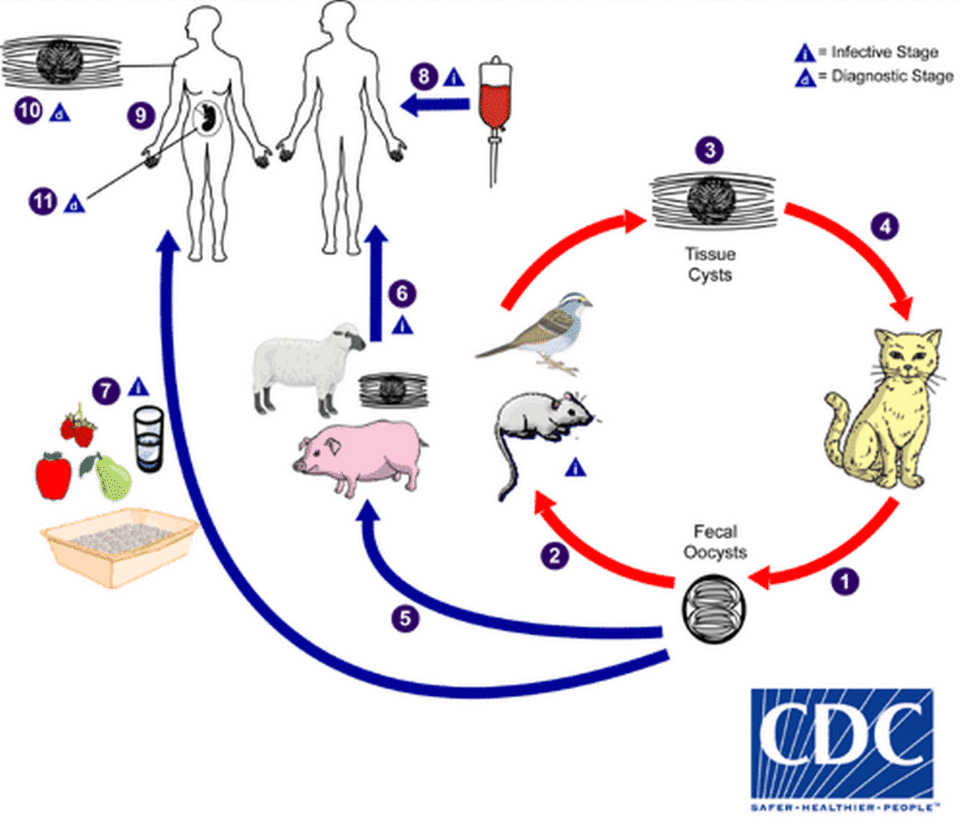This ‘unusually severe’ parasite is killing California sea otters. Can it spread to humans?
At least four sea otters are dead from a rare strain of parasites that scientists say has never been detected in California, let alone in aquatic animals.
The ‘unusually severe’ form of the common toxoplasmosis, Toxoplasma gondii, is especially toxic and lethal, according to a news release from UC Davis, which is researching the deaths with the state Department of Fish and Wildlife. If the strain contaminates the environment, not only could otherwise healthy adult otters die, humans and the entire marine food chain could be at risk, according to researchers.
“I have studied toxoplasma infections in sea otters for 25 years, and I have never seen such severe lesions or high parasite numbers,” said Dr. Melissa Miller, a veterinarian specialist and pathologist who works in the wildlife department’s Office of Spill Prevention and Response

The strain “likely” just arrived in California and has not been detected in humans. Miller said the disease could travel to humans and other animals through raw and under-cooked mussels, clams, oysters and crabs.
Although rare, human symptoms include miscarriages and neurological disease.
What is Toxoplasma gondii?
Toxoplasma gondii is common in cats, both wild and domesticated, according to the statement. The parasite sheds in feces.

Sea otters are especially vulnerable to the disease because they’re exposed to potential parasite eggs along the shoreline and because they eat marine invertebrates that can carry the disease.
The parasite potentially traveled to the otters through storm runoff but it’s unclear if the animals were infected in the same location.
“We still have much to learn,” said Dr. Devinn Sinnott, a veterinarian with the UC Davis School of Veterinary Medicine, in a statement.
Look out for marine wildlife, including sea otters, with inflamed systemic fat deposits. It could be a sign that the animal is infected with the parasite.
What do you want to know about life in Sacramento? Ask our service journalism team your top-of-mind questions in the module below or email servicejournalists@sacbee.com.

 Yahoo Movies
Yahoo Movies 
